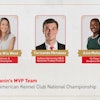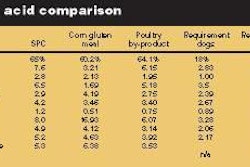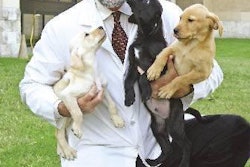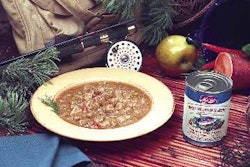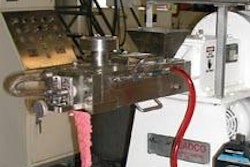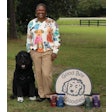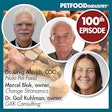Forecasts are always guessing games, but a disease in chickens has made European market forecasting even more difficult than normal in the first few weeks of this year. The question requiring a prediction from the veterinary authorities in Western Europe has been when, rather than if, the disease will reach their countries. Those of us in the petfood sector have wanted to know something else: Whether the disease could threaten ingredient supplies or the demand for certain types of product.
Of course, we are talking here about a highly-pathogenic form of the avian influenza (AI) virus called H5N1 that started out years ago among wild birds somewhere in Asia and has since spread westwards to reach member states of the European Union. Two factors in particular have given this virus a high profile with the general public internationally. One involves the deaths of people in Asian countries who were in close contact with infected poultry. The other has been the series of warnings from representatives of the World Health Organisation (WHO) that the virus could mutate to produce a pandemic of deadly disease transmitting directly from person to person.
Put this pair of elements into the hands of television and the newspapers and the results are eminently predictable. Banner headlines have fueled public fears of a plague sweeping away people in the thousands. Medical facilities report near-panic demands for some form of vaccine or drug to be dispensed as protection against the virus. More to the point in our case, consumers have stopped eating chicken.
It makes no difference that the disease almost certainly cannot be transmitted in this way. Perfectly rational folks say they have removed all poultry meat from their personal menu as a temporary precaution. Here, as in other ways, they treat their pet as a member of the family. Therefore, they no longer give the dog or cat any food with a poultry ingredient.
You can interpret that last remark as referring only to the description on the product label. A petfood marked as containing, say, "Chicken and Rice" is likely to be regarded with suspicion. But the existence of chicken fat in a product probably would not have the same effect because it was less obvious.
At the time of writing there is no real measurement of the impact on sales of petfoods with chicken or turkey connections. All we have so far are incidental reports of lower sales in some places, affecting certain categories. The situation could escalate overnight, however, in the event of outbreaks of AI in European commercial poultry or (the WHO nightmare scenario) an example of the mutation to a human infection. All former market forecasts could then be forgotten.
Online advice on saving energy
Everywhere in Europe, the one safe prediction is that energy will be more expensive in 2006. Some increases mentioned for the charge per unit of energy have been as high as 20%. Supply and demand are in an unstable balance currently. The medium-term outlook is little better. Official policies for the European Union have been formulated on the assumption that the community's total energy use will rise by 1% annually over the coming five years. They also assume that two-thirds of all energy needs in the EU area by the year 2020 will have to be imported, compared with 50% in 1995.
The obvious response at the level of the petfood plant is to make sure that the management or utilization of energy is as efficient as possible. Comments heard at the Brussels office of European petfood industry federation Fediaf directed our attention to a source of useful guidance on the subject of energy efficiencya source that can be found and scrutinized online.
Check out the website http://eippcb.jrc.es and follow it to its section of technical documentation for the food, drink and milk industries. This leads to a substantial reference document on energy efficiency that applies equally to petfood manufacturing as to other food production processes.
A quick lexicon of abbreviations might help. The website is for the European IPPC Bureau, which exists to create a Europe-wide information exchange for those industries confronted by the requirements of new "Integrated Pollution Prevention and Control" regulations in the countries of the European Union. These particular regulations relate to food industries, among many others. All are advised to follow the so-called Best Available Technologies (BATs) for their field. The reference documents setting out the technologies are known in turn as BREFs because they are the references to the BATs!
Forgive all the initials, but it is worth wading past them to unearth the comprehensive guidance on offer over managing the energy consumed in the manufacturing process. Savings in the region of 12% are said to be possible for factories that adapt their methods to the best available in energy terms. That was always a firm target because of the Kyoto international commitment to cut greenhouse gas emissions. The way that energy charges have risen recently, Europe's petfood plants will not need government-sponsored edicts about global warming to persuade them to be more efficient in how they use the power they buy.
